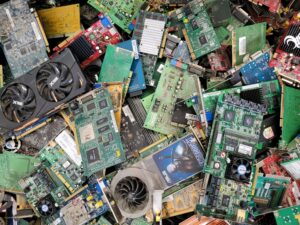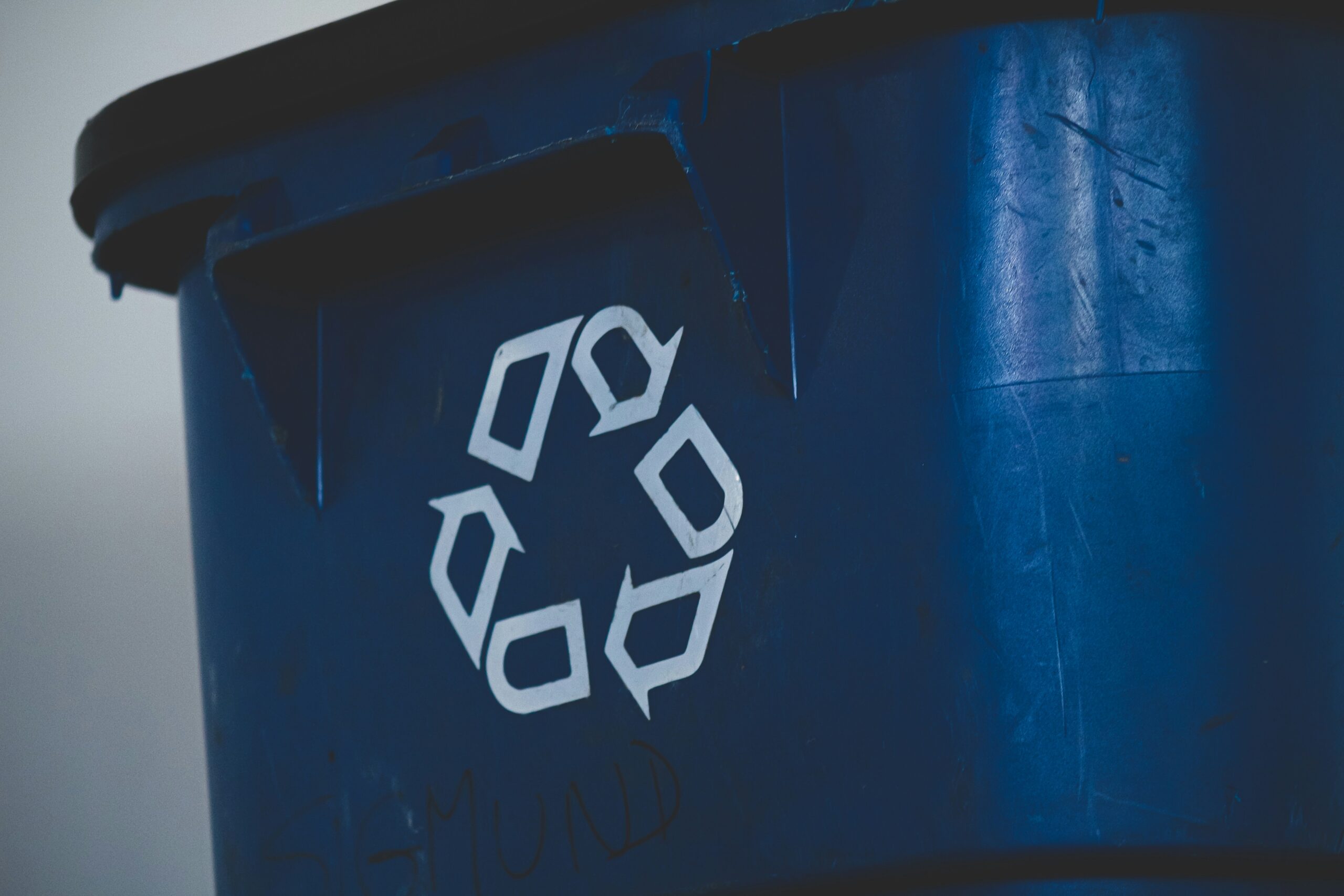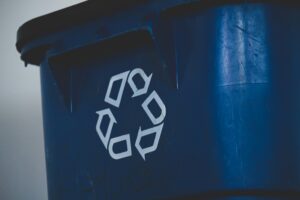While the primary goals of fixed asset management are accountability, compliance, cost savings, and accurate budget planning, it also offers a powerful opportunity for schools to be more sustainable and reduce overconsumption. Every Chromebook, projector, microscope, desk, and bus carries both a financial and environmental cost. How assets are tracked, maintained, and reused can directly influence waste levels, prevent unnecessary purchases, and extend equipment lifecycles.
By taking a proactive, data-driven approach to asset management, districts can turn compliance into a strategy for sustainability. From identifying underused technology before making a new purchase to repurposing classroom furniture or sharing equipment between schools, these practices help districts save money, reduce waste, and practice responsible stewardship.
In the sections that follow, we’ll explore ways that effective asset management can maximize the value of assets, minimize unnecessary consumption, and build a greener, more efficient district.
1. Data-Driven Procurement Reduces Over-Purchasing
Over-purchasing is one of the most common, and easily preventable, forms of waste in school districts. When asset records are incomplete or scattered across spreadsheets, departments often don’t know what equipment already exists or where it’s located.
That leads to unnecessary purchases of items that are already sitting unused in storage or underutilized in another school.
How to fix it:
Centralize your asset data: A unified inventory management system gives every department access to real-time information about available assets, helping schools redistribute rather than repurchase.
Tag and track everything: With barcode or RFID tagging, you’ll always know where assets are and who’s responsible for them.
Make data accessible: When facilities, IT, and finance share one source of truth, they can collaborate to meet both budgetary and sustainability goals.
Green benefit: Every avoided purchase saves not only money, but also the environmental cost of manufacturing, packaging, and shipping new unneeded products. Buying less, and buying smarter, starts with having complete visibility into what you already own.
2. Reallocating Assets Reduces Waste Across Campuses
One of the easiest and most overlooked ways to reduce waste is through asset reallocation. When one school upgrades equipment, the old items often end up in storage or are discarded long before their useful life is over.
How to fix it:
Document all transfers: Use your inventory system to record when items move between buildings so items do not get marked as lost.
Maintain visibility districtwide: Staff should be able to search and request available surplus equipment easily.
Set up an internal “reuse” policy: Encourage departments to check existing inventories before submitting purchase requests
Green benefit: Transferring equipment within the district keeps assets in use longer and reduces the volume of unnecessary purchasing and consumption.
When redistribution is simple and transparent, you not only save money, but also model sustainability in action for students and staff.
3. Tracking Technology Helps Reduce E-Waste
Technology devices are among the most frequently purchased and discarded assets in any school district. Laptops, tablets, projectors, and smartboards all have short life cycles, leading to a growing problem of electronic waste (e-waste).
How to fix it:
Tag every device at deployment: Whether it’s a Chromebook or a classroom tablet, assign each one a barcode or RFID tag tied to the searchable asset record.
Record the entire lifecycle: Capture purchase date, assigned user, repair history, and eventual disposal.
Partner with certified recyclers: When technology reaches end-of-life, ensure it’s disposed of according to EPA and local guidelines.
Green benefit: Accurate tracking helps ensure devices are repaired, repurposed, or recycled responsibly instead of being forgotten in closets or thrown away.
E-waste is harmful and pervasive, so paying special attention to these assets can go a long way.

4. Digital Records Reduce Paper and Office Supply Waste
Many schools still depend on paper forms, printed inventories, and physical filing systems to manage assets. These outdated methods are not only inefficient, but they also contribute to unnecessary paper consumption, storage costs, and environmental impact.
How to fix it:
Digitize asset records: Move away from printed forms and spreadsheets by using a centralized digital asset management system that stores all records securely in the cloud.
Eliminate physical storage: Free up space by phasing out filing cabinets and archives of paper records.
Enable real-time access and updates: Staff can input and retrieve asset data on the go, reducing the need to print reports or duplicate paperwork.
Green benefit: Reducing reliance on paper directly cuts down on waste, conserves natural resources, and lowers your school’s carbon footprint. Plus, digital records are easier to maintain, search, and audit—saving time and trees.
Going paperless with asset management is a smart step toward greener and more efficient school operations.
5. Responsible Disposal Prevents Environmental Harm
When an asset reaches the end of its useful life, the disposal process matters just as much as the purchase. Dumping outdated electronics or furniture not only creates environmental waste, but can also expose districts to liability if sensitive data or hazardous materials aren’t handled properly.
How to fix it:
Track disposals through your asset system: Record who approved them, where items went, and how they should be handled to ensure assets are safely disposed of or donated where possible.
Create a sustainable surplus program: Offer usable items to other schools, local nonprofits, or internal departments before disposal.
Work with certified partners: Partner with vendors and recyclers that specialize in environmentally responsible asset recovery.
Green benefit: Responsible recycling, donation, or resale keeps items out of landfills and supports community organizations that can still make use of them.
Proper disposal practices demonstrate that sustainability, safety, and accountability all go hand in hand.

6. Sustainability Reporting Builds Community Trust
School districts are increasingly asked to report on their environmental initiatives, and asset management plays a bigger role in those reports than many realize. When you can demonstrate data-backed efforts to reduce waste, reuse equipment, and extend lifecycles, it reinforces your district’s commitment to both fiscal and environmental stewardship.
How to achieve it:
Use inventory data as a sustainability metric: Track reductions in replacement purchases and improved asset lifespans.
Create annual reports: Tracking transfers, asset reuse, and disposals makes for quick and easy inclusion of these data in annual reports.
Educate staff and students: Share success stories about how responsible asset management supports the district’s green goals.
Green benefit: Transparent reporting strengthens community trust and can even help schools qualify for grants or recognition programs tied to sustainability efforts.
Turning asset data into sustainability insights transforms compliance work into meaningful impact.
The Long-Term View: Fiscal Responsibility Meets Environmental Responsibility
Good asset management has always been about effectively managing your school’s resources. But in today’s world, it can also be about protecting environmental resources. Every step you take to reduce waste, extend equipment lifecycles, and make smarter purchasing decisions pays off twice—financially and environmentally.
By centralizing data, tracking lifecycles, and emphasizing reuse and repair, your district builds a more sustainable infrastructure that saves money, conserves resources, and sets a strong example for students.




